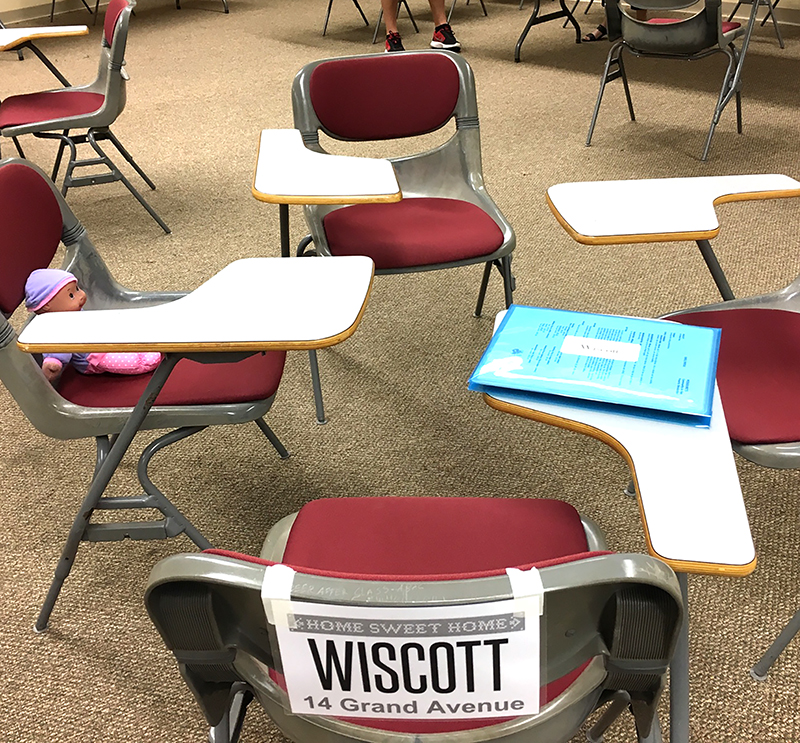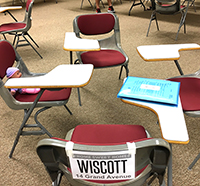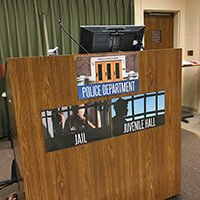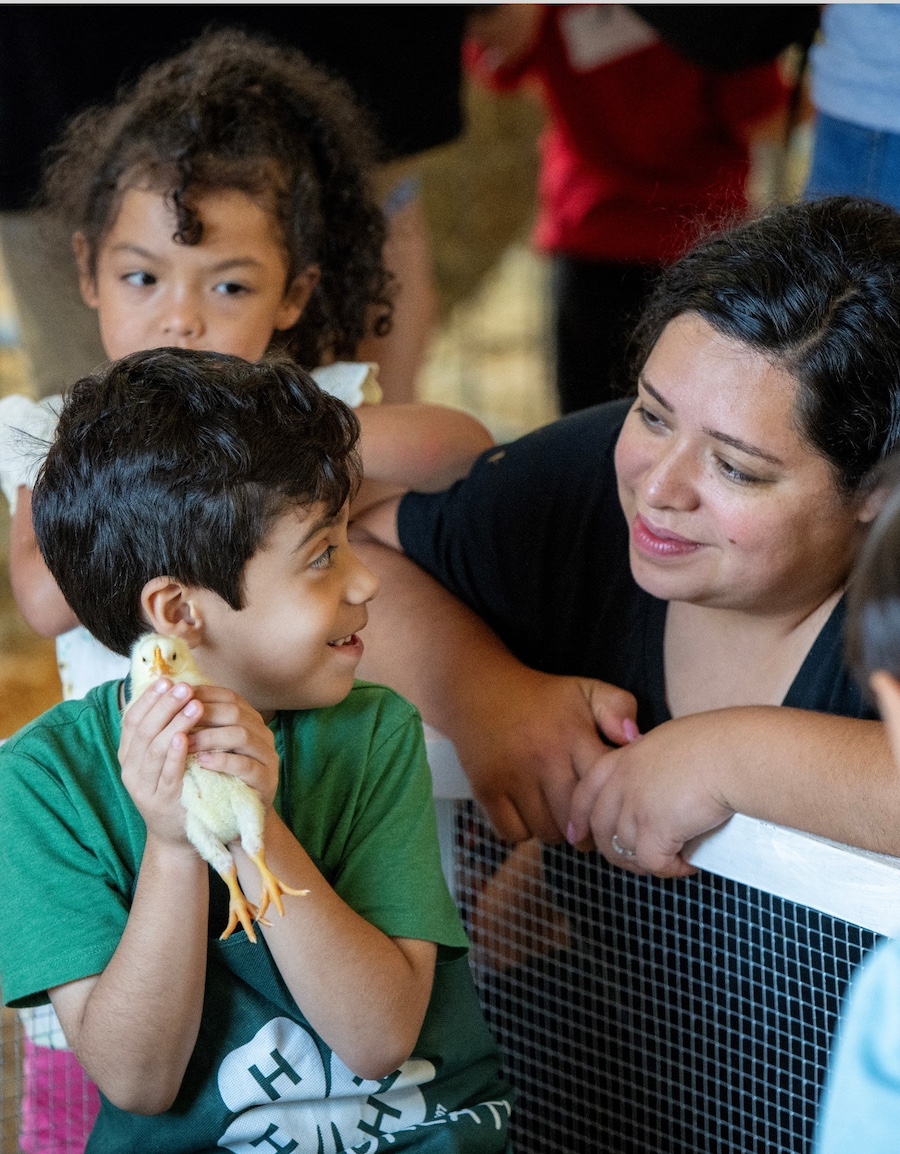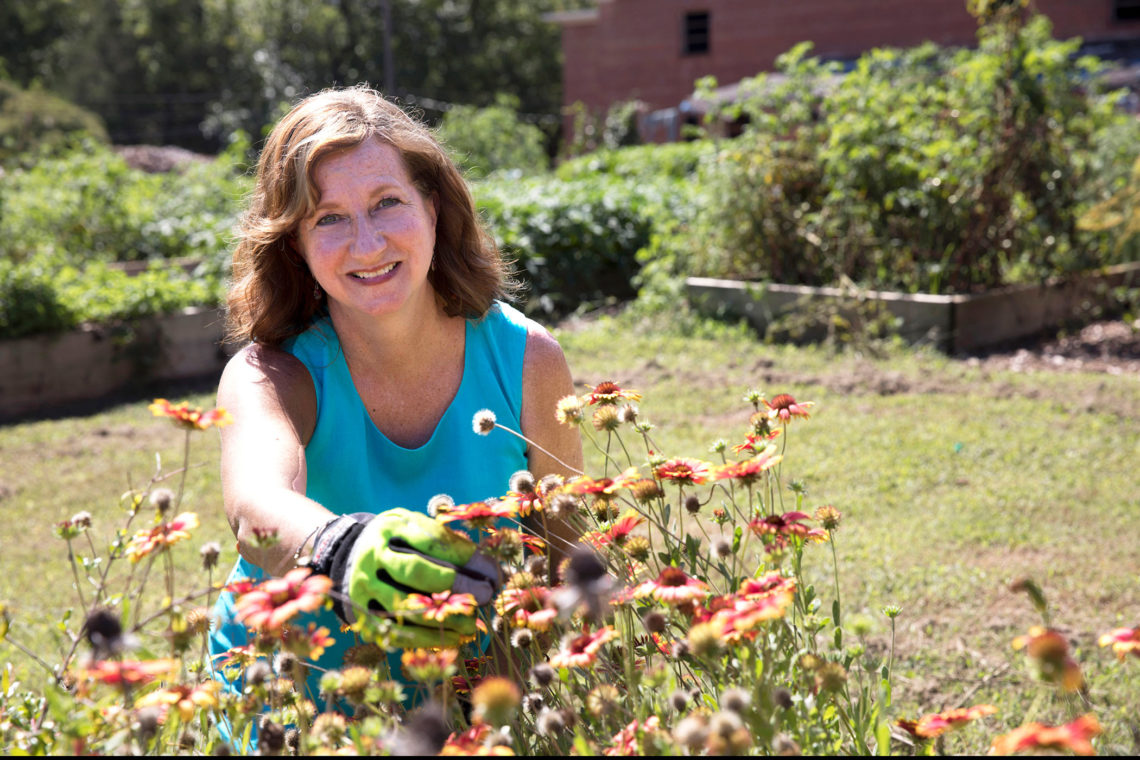Residents of south Georgia counties are discovering what it means to live in poverty through simulations administered by University of Georgia Cooperative Extension.
In these simulations, between 50 and 80 attendees are split into groups of varying structures mimicking different family dynamics. On the walls of the room, there are different resources one would find in a city, ranging from a hospital or school to a pawn shop.
Families are provided a scenario and their family dynamic, and must live for “a week” in 15 minutes. For example, these families must put themselves in the shoes of a single mother of two who needs to apply for welfare, or a married couple who have just lost their jobs. Families then come back to strategize for the next “week.” After four rounds, they come back and discuss what they’ve learned.
“The simulation involves a lot of situations that many people never think about that are issues for people living in poverty,” said Roxie Price, the UGA Extension Family and Consumer Sciences (FACS) agent in Tift County, Georgia. “They may have a situation where they have to go to (the Georgia Division of Family and Children Services) and apply for food assistance. There may be a receptionist there that tells them to fill out some paperwork and have a seat, which could take up 10 of their 15 minutes of simulation time.”
Price said the goal of the simulation is to get people to empathize with impoverished residents of their county.
“It makes more people aware of the fact that there are people who are struggling every day to try to make ends meet,” Price said. “A lot of good comes out of the simulation.”
Andrea Scarrow, Southwest District FACS program development coordinator, said both participants and volunteers who assist in the simulations benefit from the program.
“There are participants who are just coming out of poverty and others who are facing a financial crisis, among other things,” Scarrow said. “A lot of the simulation hits home with them. Also, the people playing the role of the agencies gain a lot of empathy because they realize that everyone has limited resources.”
Marnie Dekle, UGA Extension FACS agent in Candler County, Georgia, who has coordinated simulations in Candler and Evans counties, said that the simulations force participants to make difficult decisions.
“The poverty simulation had a great impact on the community because of the circumstances and scenarios that citizens don’t always think about,” Dekle said. “It helps people see things in a different light and to be less judgmental because it’s very hands on.”
Kathryn Holland, UGA Extension FACS agent in Colquitt County, Georgia, said the simulations help public service workers tremendously.
“It’s always easier to work with someone when you know where they’re coming from,” Holland said. “Our goal is to make the collaboration between the businesses and the services we offer, such as the hospital, more cohesive and effective in serving the community.”
While the majority of simulations are geared at adults, Scarrow said local school systems often request them.
“They know their students are facing these kinds of situations, and they want to create some empathy among the teachers and the administrators,” Scarrow said. “They gain an understanding of what a family living in poverty is up against.”
Rachel Hubbard, UGA Extension FACS agent in Lanier County, Georgia, was one of the first agents to conduct a poverty simulation geared toward high school students. She said the focus was for the youth to understand the importance of obtaining an education.
“We want them to see how hard it is to make ends meet with just an average job, and that the more education they have, the more it helps them in life,” Hubbard said. “Every year, we do the simulation with every ninth-grade student in the county.”
Mitzi Parker, UGA Extension FACS agent in Sumter County, Georgia, said she does a poverty simulation for Leadership Sumter, a group of citizens that go through 12 weeks of leadership training.
“We try to open the business leaders’ eyes about what’s going on in their community,” Parker said. “At the end of the simulation, I pull statistics from Sumter County and I try to tie it into what they just learned. The statistics really help put the poverty situation in perspective for them.”
A total of 21.7 percent of the population of Georgia’s 8th Congressional District is below the poverty line, and 27.7 percent of the population is below the poverty line in the 2nd District, according to www.census.gov in 2015. These two districts comprise southwest Georgia. Overall, 17.1 percent of Georgians – about 1.6 million people – live below the poverty line.
“It’s reality for a lot of people, but if you’ve had an 8-to-5 job your whole life, it may not register until you go through something like a poverty simulation,” Price said.
(Kyle Dawson is an intern at the UGA Tifton Campus.)

